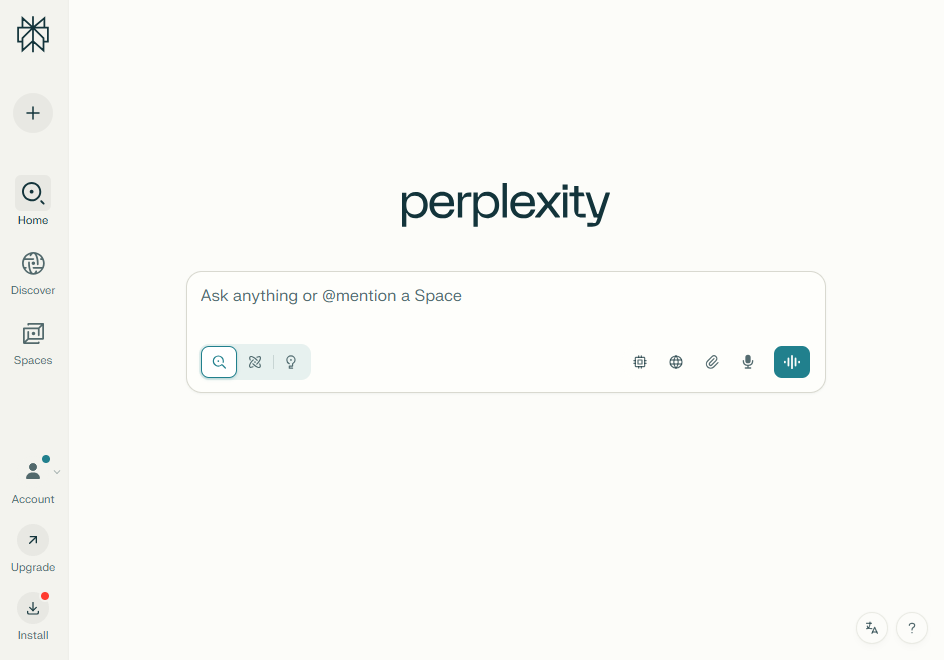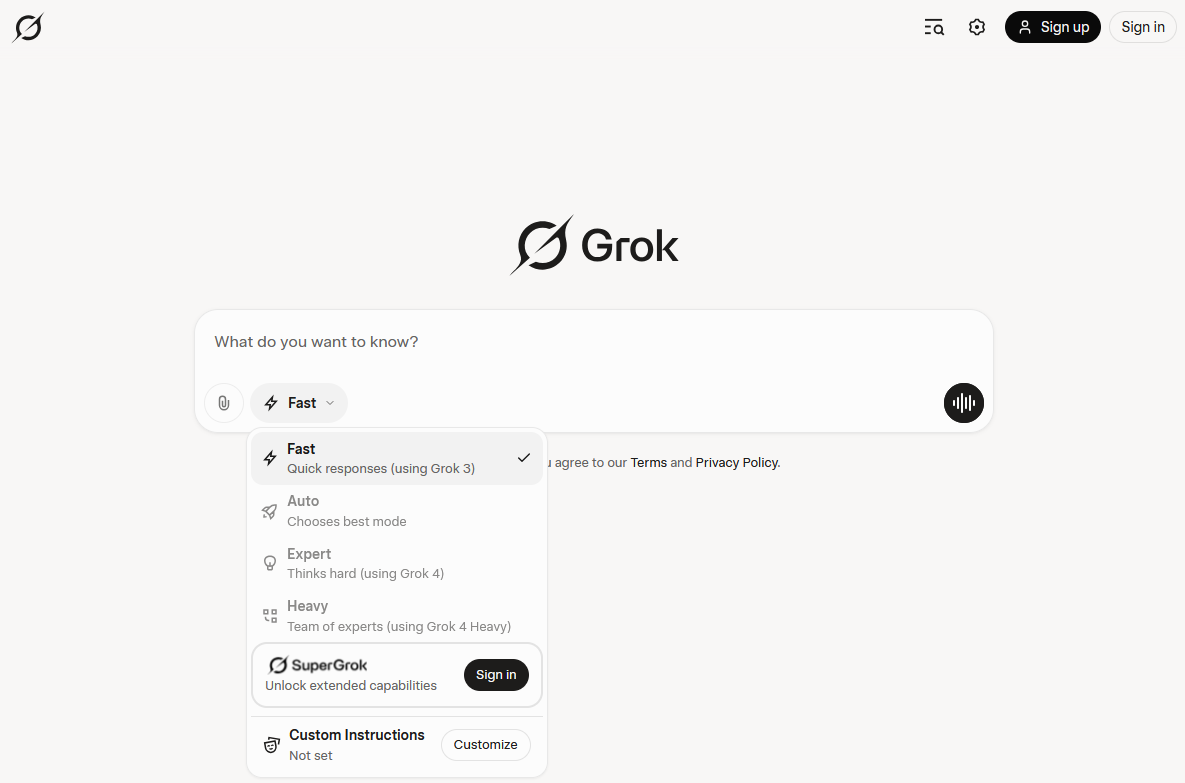| 2766-6863 | |
| 2766-6863 (service hours) | |
| Online Form | |
| Contact your Faculty Librarians on in-depth research questions |
Beyond those offered by PolyU, numerous AI-integrated tools are available to assist in various research tasks. Explore some popular tools with free plans below.
To get an overview of the key features of Perplexity, check out Getting Started, learn about different Search Modes and A student's guide to using Perplexity Spaces. Prompt Guide provides suggestions for you to craft prompts that works well for Perplexity.
While Perplexity is an user-friendly tool for quick information retrieval and initial topic exploration, it is more general-purpose and has limitations like other GenAI tools. Evaluate the content generated by Perplexity, master basic research skills and use it in conjunction other sources.
📌 Tip: Perplexity may draw on academic sources to compile its responses. To read the full-text of these sources, install library browser plug-ins to access them directly from publishers, bypassing the library webpage.

Grok draws responses from real-time sources and offers Fast, Expert, or Auto modes (where the system chooses based on query complexity). Use Expert mode for in-depth answers, though it may take longer. Also, you can customize responses to be concise, formal, Socratic (teaching-focused for learning), or tailored with specific instructions.
Grok does not always cite scholarly sources, making it less ideal for rigorous academic research, but it is still good for brainstorming ideas, casual learning, or other type of creative tasks.
📌 Tip: While both Perplexity and Grok leverage live information, Grok responses are generally more reliant on X sources, making it better suited for brainstorming and broad-perspective insights than rigorous academic research.
